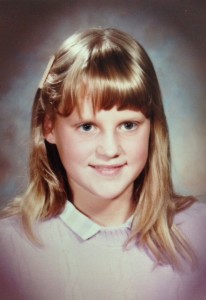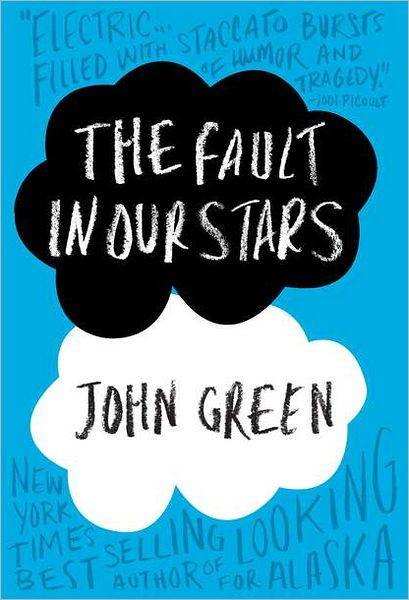I spent today walking up and down and through Rodeo Drive. It was fun. And funny.
Fun because it was a bright, beautiful day in Beverly Hills and no matter who you are or how aloof you try to be, no one can resist the unbridled materialism and giddy optimism of southern California.

Funny because, unlike most shopping venues that reflect the taste (and income level) of their patrons, the shops on Rodeo Drive seem to thrive by selling a look and lifestyle diametrically opposite to that of its customers. Chanel and Prada may peek through those pretty store windows, but tank tops and cutoff jeans are what’s staring back. After my day of people watching, I was surprised (and comforted, I won’t lie) that the premiere fashion district of our wealthy nation doesn’t seem to draw, um, wealthier people. Or at least better looking people. (Myself included.)
Look, I get it: Rodeo Drive is more of a tourist attraction than anything, which is why tourists come in vacay garb like stretch pants and visors (though I was in capris and a tee, thankyouverymuch.) Wecome to see the fantasyland that’s been constructed out of glass and chrome, silk and leather. And even more alluring than this glittering world of nouveau riche is the idea that we, via our conspicuous consumption, somehow deserve a place in it.

The sumptuous dressing rooms, the gorgeously indifferent mannequins, the hedonistic prices—all convince us, initially, that holding court here is a privilege reserved for the elite. So imagine our delight when the manicured sales staff graciously accepts our presence and—lo and behold!—our credit card? Finally, we’ve been invited to sit at the Cool Table. I left each shop a little disillusioned, though, because really: would you want to belong to a club that would admit you as a member? The prestige of shopping in a Fancy Store is a little deflated when everyone in line looks like they’re on their way to the county fair. I found myself wondering why, if we can all afford such expensive clothes, we aren’t we wearing any of them? Because if you’re not going to wear your nice clothes while shopping on Rodeo Drive, where are you gonna wear them? (And please don’t say the county fair.)

My conclusion? None of us really has a place to wear those Jimmy Choos, but we certainly share a purpose in buying them: it gains us temporary admission into a world more glamorous than than our own. It’s also called escapism, and the whole thing’s a little Vegas-y to me; average people throwing their money down to be someone else for a little while. It’s not necessarily a fatal thing. Just an expensive one.
Now lest I’ve gotten too heavy-handed in this post, rest assured: I like clothes, and I like money. Strolling down the the “Golden Triangle” of Beverly Hills, I realized that though I had little interest in purchasing that splendid clothing, I was supremely happy it was there. I enjoyed the merry buzz it created among the shoppers, I enjoyed watching them fawn and gawk over it all (awkward as the fawning and gawking may have been), and I enjoyed the thread of commonality it seemed to weave among us all. (Money! Shopping! Capitalism! We were practically cheering it in silent unison.) I enjoyed seeing the handiwork of artistic fashionistas, I enjoyed the visceral euphoria in the air. I enjoyed inhabiting, for a little while, a world more glamorous than my own. (Think Julia Roberts but with shorter legs, shorter hair, covered hindquarters and no blank check. That was me today.)
Rodeo drive is fun, and funny, and just a little bit tacky—as are we all. So I say: embrace the tackiness. Just don’t spend too much money on it, dahling. Vegas is waiting.
p.s. There is one exception to the tinsel found on Rodeo Drive, and that is Tiffany & Co. Not one piece of jewelry in Tiffany’s was garish or gaudy, only pretty and bright and sparkly and did I mention pretty? Today I decided that I heart Tiffany’s diamonds.
(Are you reading this, Derrick?)

